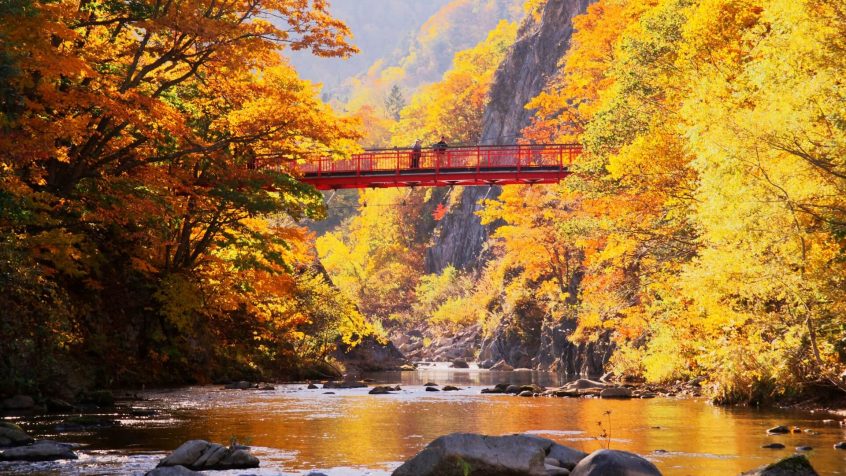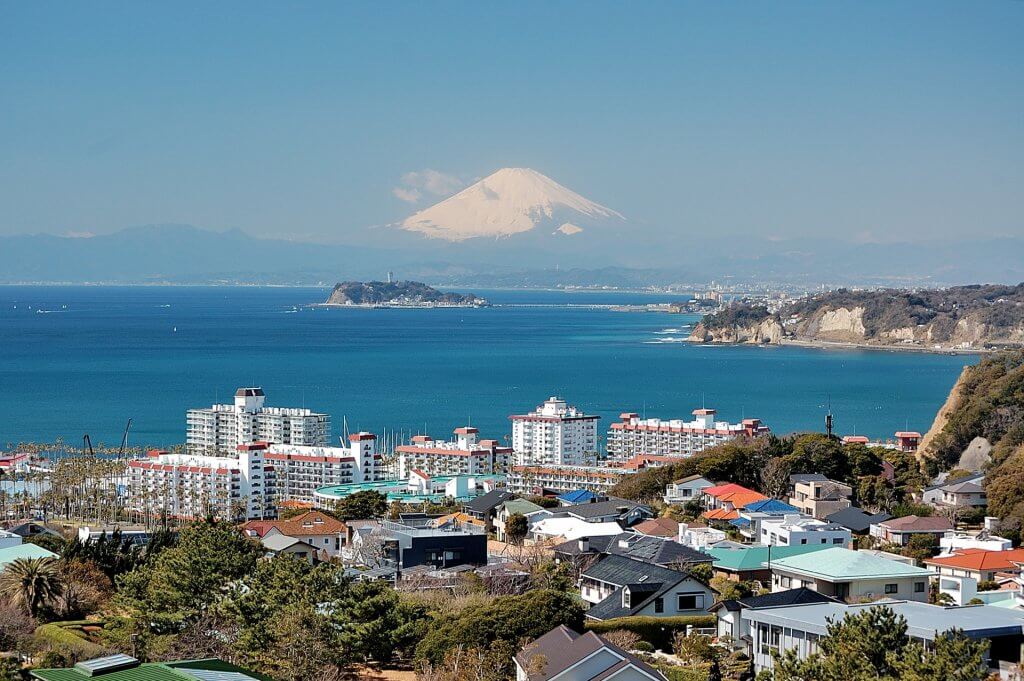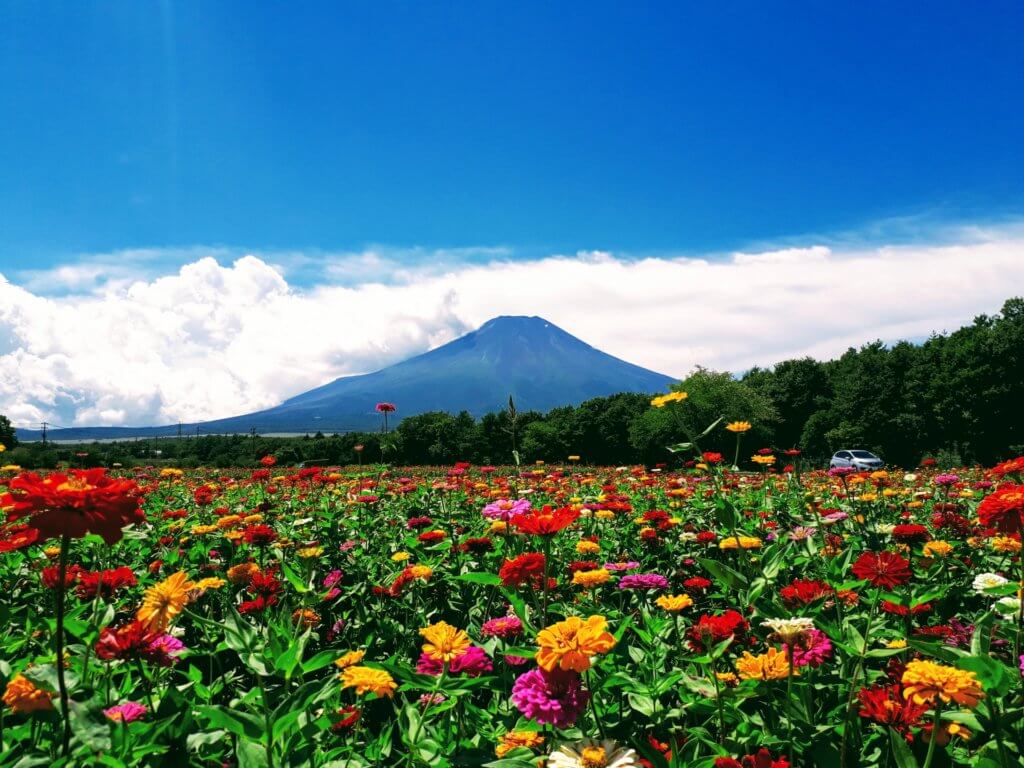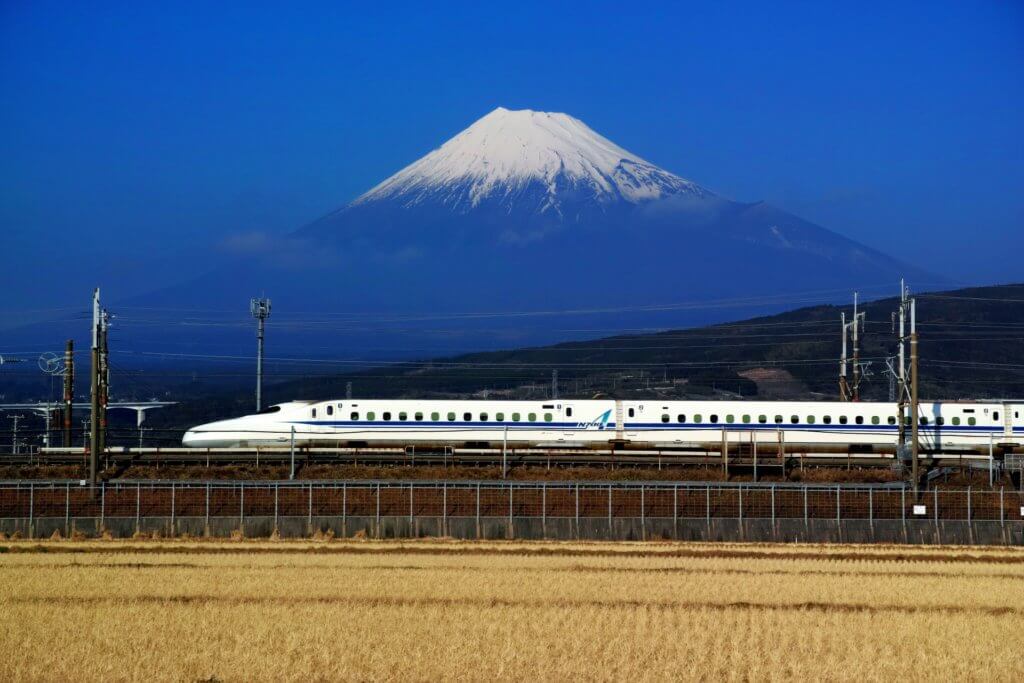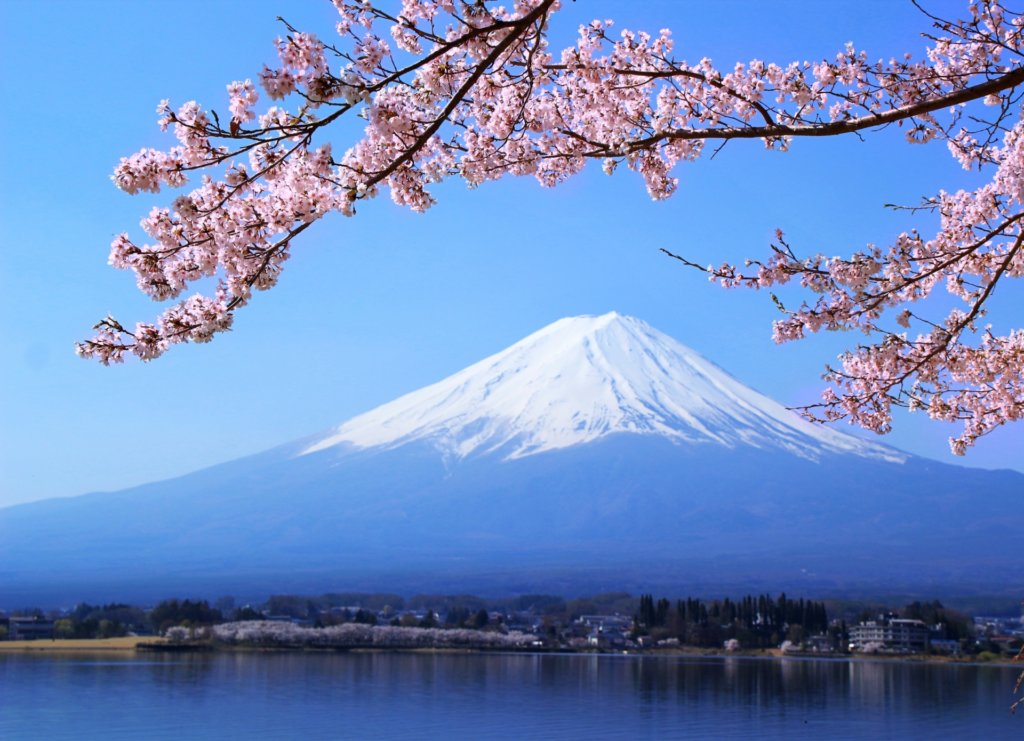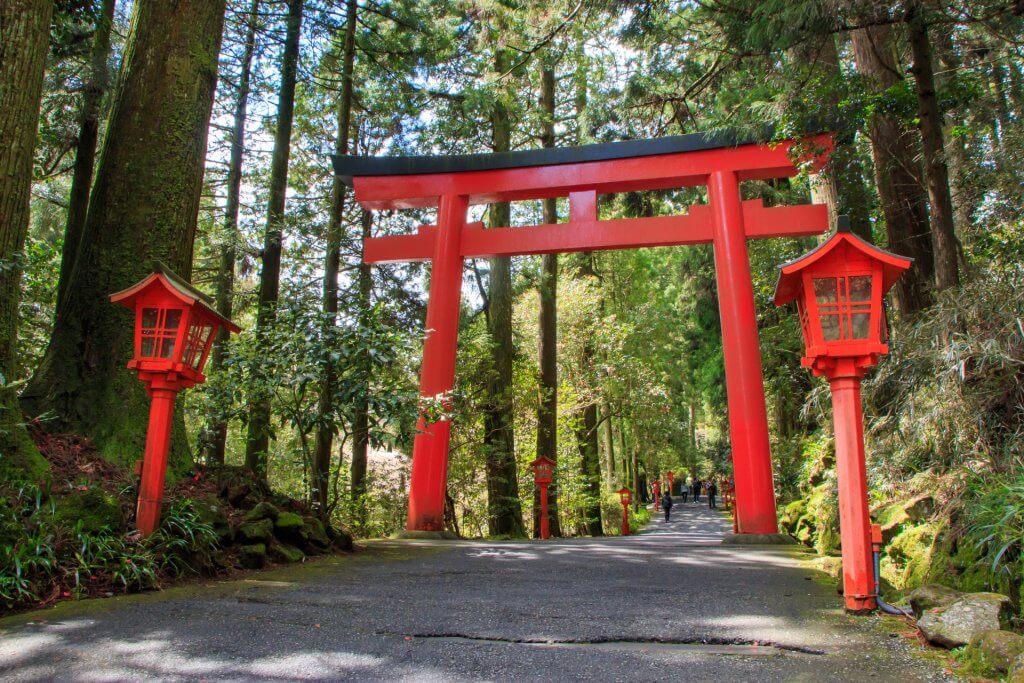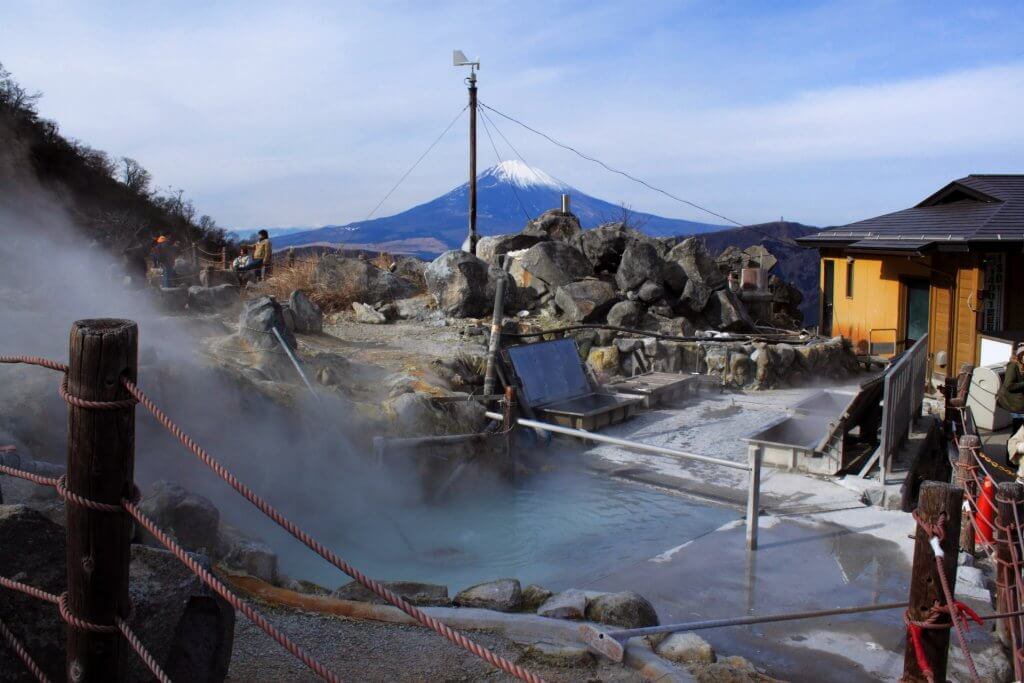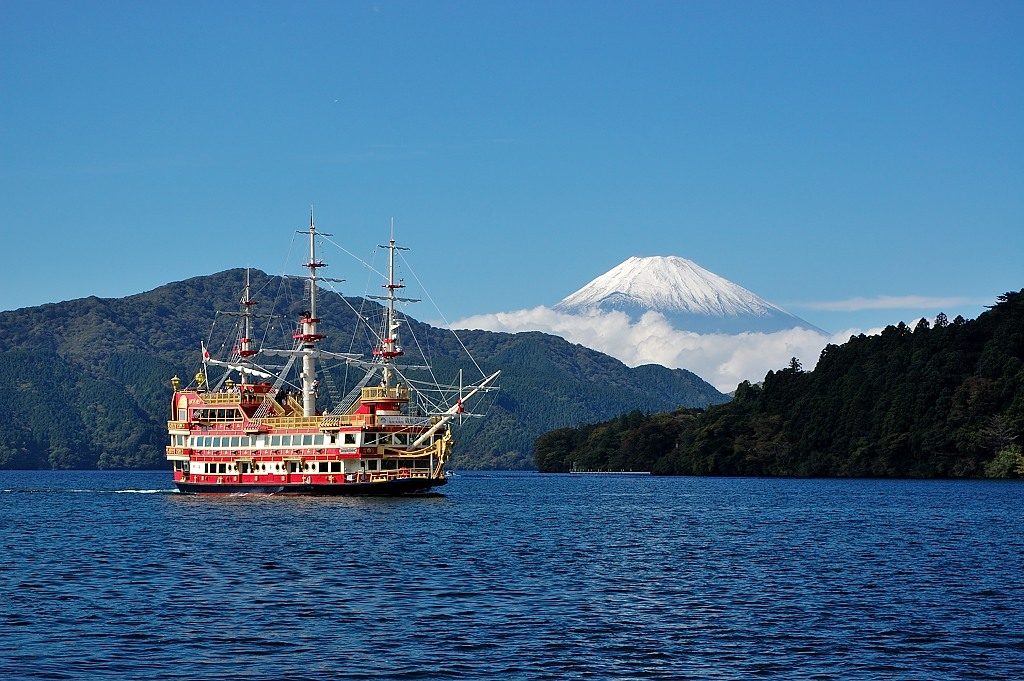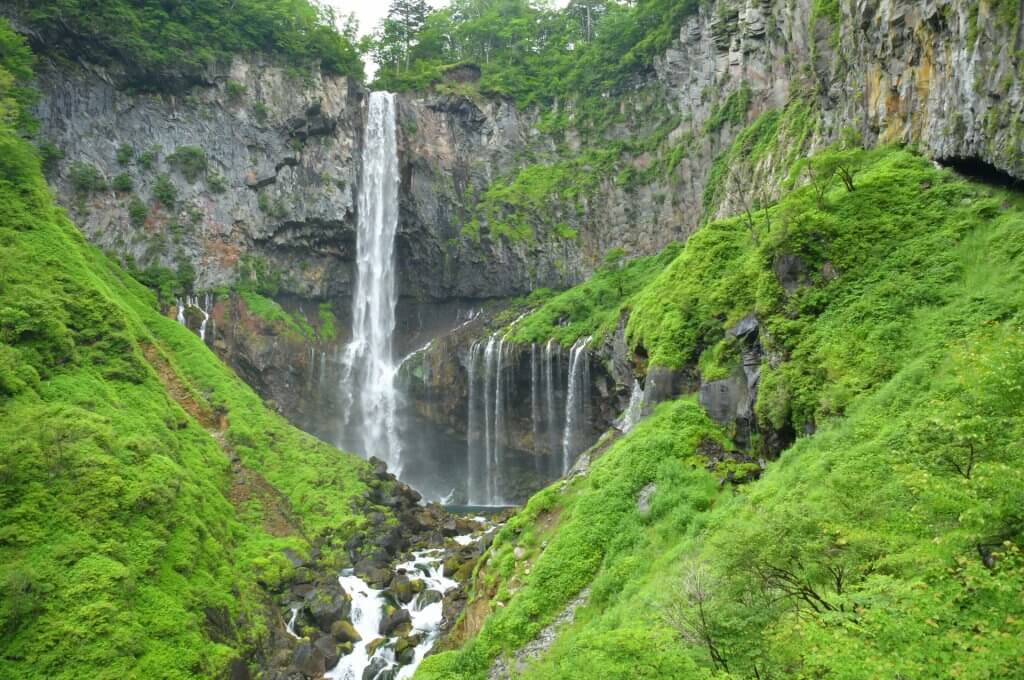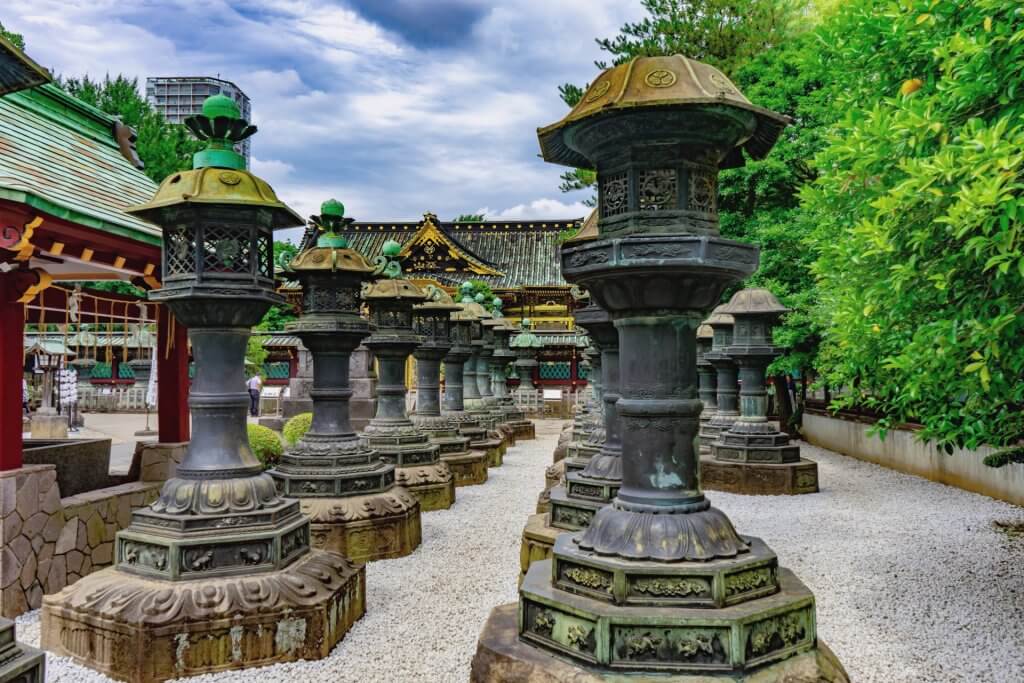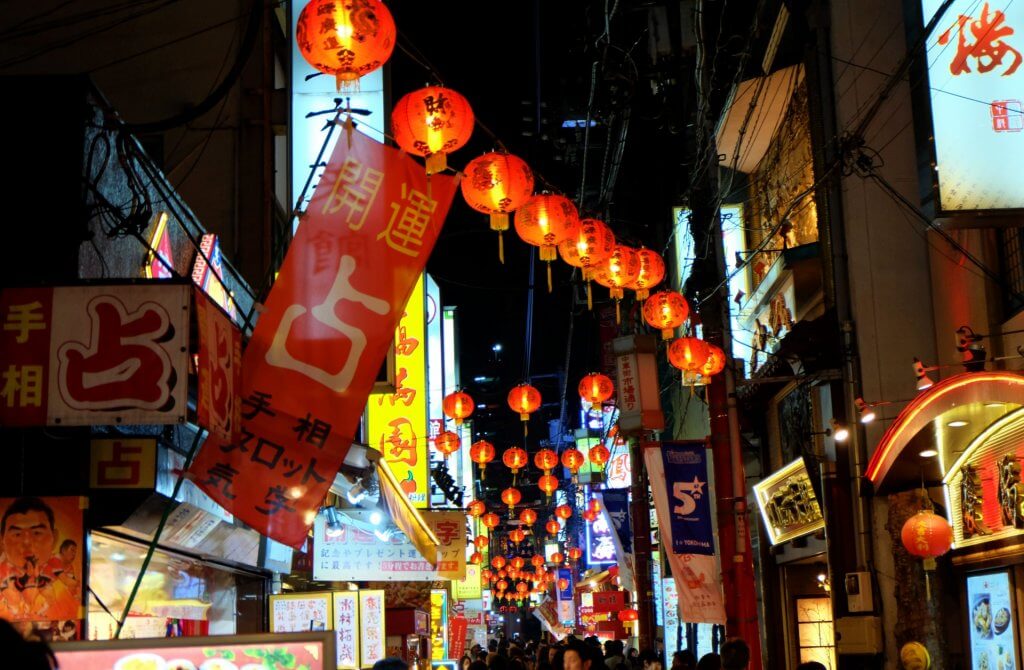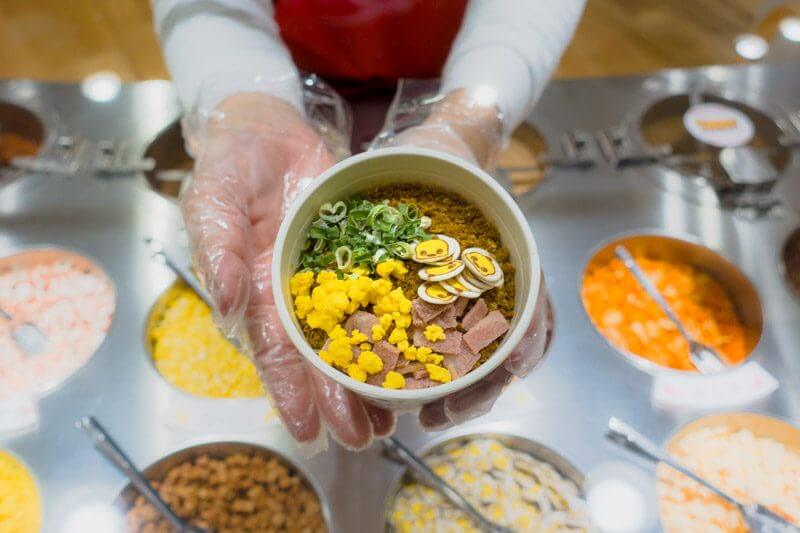Are you coming to Japan and staying in Tokyo? Thanks to Japan’s convenient public transportation, you can easily make a number of great side trips to nearby rural areas no matter where you stay in Tokyo. Get out of the city for a bit and get lost in the beauty of rural Japan – just for a day or two. Here are the best day trips from Tokyo!
Kamakura
Kamakura (鎌倉) is a coastal town in Kanagawa Prefecture, less than an hour south of Tokyo. The trip only takes an hour on the subway from Shibuya, making it a cheap and easy excursion. There’s so much to do in Kamakura that it’s often dubbed “little Kyoto” or “the Kyoto of Eastern Japan”. With its incredible variety of impressive temples charming streets, and hiking trails, this town is a perfect choice if you want to get out of Tokyo and see some real old Japan.
Although the town was once political center of Japan, today is a small city and a very popular tourist destination. Kamakura offers numerous temples, shrines, and other well-preserved historical monuments. In Japan’s rainy season, tsuyu (梅雨), Hasedera Temple is one of the most famous places to see hydrangea flowers in full bloom. In the summer, Kamakura’s sand beaches attract large crowds. Kamakura is also well-known across Japan for being the home of the Kamakura Daibutsu (鎌倉大仏), or in English, Great Buddha of Kamakura. This massive Buddha statue is 11.4 meters tall, and since it was first constructed in 1252, it has long been the second tallest Buddha statue in Japan – the first being the statue of Todaiji Temple in Nara.
Yamanashi
Yamanashi Prefecture (山梨県) is located immediately west of Tokyo in Japan’s Chubu region. Yamanashi is home to Japan’s iconic Mount Fuji, making it one of the most unmissable and irresistible day trips from Tokyo. Visiting the 3,776-meter-high Fuji, the tallest peak in the nation, is on many people’s bucket list when visiting Japan.
There are various ways to get to Mt. Fuji, for example – you can take the train from Tokyo or Shinjuku station to ‘Mt Fuji’ station, there are various speeds and prices and the time ranges from two-three hours. There’s also a bus from Haneda airport, Shinjuku, and Tokyo stations which takes around three hours and is cheaper than the train.
Once you’ve seen or hiked Mt.Fuji, many people spend time exploring The Fuji Five Lake (富士五湖, Fujigoko) region that lies at the northern base of Mount Fuji. At about 1000 meters above sea level, the five lakes are Kawaguchiko, Saiko, Yamanakako, Shojiko and Motosuko. The Fuji Five Lakes are easily some of the best places to view Mount Fuji from a close distance and also provide a good base for climbing the mountain. You can take a public bus around the lakes or walk, as walking maps are provided at the bus and train station.
Hakone
Hakone (箱根) is a beautiful nature reserve with lots of lakes and mountains to discover. Hakone is less than one hundred kilometers from Tokyo, making it another great option for a one-day or even two-day side trip. Hakone is actually one of the most popular destinations among Japanese people living in Tokyo who are looking to get out of the city for a weekend or a holiday. Its breathtaking natural scenery makes it a highly-rated spot for lovers of the outdoors.
There’s a lot to offer in this small town, but one of the biggest draws are its onsen (温泉), or hot springs. Hakone has been one of Japan’s most popular hot spring resorts for centuries. More than a dozen springs provide hot spring water to the many bath houses and ryokan in the Hakone region.
The Hakone area also has several museums, including The Hakone Open-Air Museum, The Little Prince Museum, and Pola Museum of Art, so there are lots of fascinating events and exhibits. Another famous spot in Hakone is Lake Ashinoko (芦ノ湖), which actually serves as the picturesque symbol of Hakone. The lake offers stunning blue water with a great view that goes as far as Mount Fuji on a clear day. This spot is especially popular during the fall foliage season, when the pops of vibrant color create the perfect picture moment. There are also two different boat companies that provide sightseeing cruises across the lake.
Nikkō
Nikkō (日光) is a town in the nearby Tochigi Prefecture, located about 125 kilometers north of Tokyo. If you’re looking for some of Japan’s most breathtaking nature, well-preserved historical shrines and temples, then Nikko is a town to add to your list. It’s about two and a half hours from Tokyo by bullet train, and the town is also a UNESCO World Heritage Site. It is by far the furthest of the other side-trip options, but Nikkō is certainly worth the distance.
Nikkō is the kind of place you wander around just to take in the beauty of it all, but there are also some key things to do while there, including enjoying a dip in one of the many onsen hot springs. For nature-lovers, some of the must-see spots in the area are Kegon Falls and Lake Chuzenji – both of which can be reached by bus from the train station.
The most visited shrine in the Nikkō area is the Tōshōgū Shrine (東照宮). Tōshōgū is the final resting place of Tokugawa Ieyasu, the founder of the Tokugawa Shogunate that ruled Japan for over 250 years. Now a household name, Ieyasu is enshrined at Tōshōgū Shrine, a spectacular complex that now consists of 55 buildings.
Yokohama
With a population of over 3 million, Yokohama (横浜) is the second largest city in Japan. Yokohama is also one of the easiest day trips from Tokyo, as it’s just under an hour on the subway from Shibuya. Unlike Tokyo, with its crowded streets and narrow alleyways, Yokohama is quite spacious for such a big city. Yokohama’s central urban area Minato Mirai 21 is a popular waterfront hub filled with a variety of entertainment, such as shopping, restaurants, museums, and even an amusement park with a Ferris wheel.
Yokohama’s Chinatown (横浜中華街) is a is a huge attraction that draws many tourists, especially those from Asia, to the city of Yokohama. Called Yokohama Chūkagai in Japanese, this is the biggest Chinatown in Asia and features a large number of authentic Chinese stores, restaurants, and even a magnificent Daoist temple in the center. Today, there are actually more businesses than residents living in the area, making it a true shopping and dining hub for all who visit.
Another draw in Yokohama are the variety of unique museums. This includes The Doll Museum, a collection of puppets, dolls, and toys from all over the world; the Shin-Yokohama Ramen Museum, which is a museum and a recreation food-themed theme park; and the Cup Noodle Museum, where you can design your very own cup of instant noodles as a souvenir.
LEARN basic Japanese to JLPT N5. Comprehensive Online Japanese Course!

New to learn Japanese? Check out my 7-Day free Japanese Course!

Looking for a unique Japanese gift? Japanese Hanko name seal is just for you!


